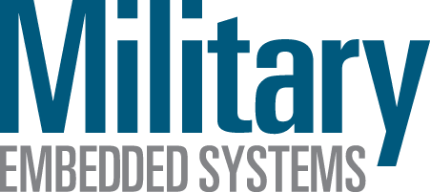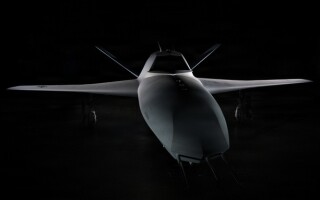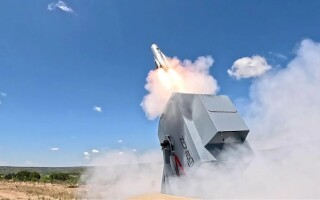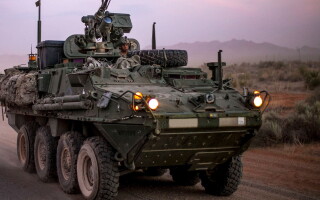Military Embedded Systems
Avionics - Synthetic Vision
 News
News
Typhoon aircraft deal signed between United Kingdom and Türkiye
October 28, 2025
LONDON, United Kingdom. The United Kingdom government announced a £5.4 billion agreement with the Republic of Türkiye for the sale of 20 Typhoon fighter aircraft, along with an associated weapons and integration package, according to a BAE Systems statement.
-
Rotorcraft sim & pilot training partnership formed by HAVELSAN, Advanced Rotorcraft Technology
December 22, 2025
-
Airbus helicopters to be ordered for Spanish Armed Forces under National Helicopter Plan
December 19, 2025
-
Sea Tiger anti-submarine warfare helicopter delivered to German Navy by NHIndustries
December 17, 2025
-
H145M light combat helicopters ordered by Germany from Airbus
December 16, 2025
-
Mobile counter-drone laser delivered to U.S. Army for prototyping
December 19, 2025
-
Market for UASs used beyond visual line of sight to grow to $25.32 billion by 2030, study predicts
December 18, 2025
-
Counter-drone software for Dutch Skyranger vehicles to be provided by Kongsberg
December 17, 2025
-
Integrated counter-drone system demonstrated for Australian Defence Force by Leidos
December 15, 2025
-
Radar, optical sensors for armored vehicles nabs ELTA a series of contracts
December 17, 2025
-
IFF systems from BAE Systems will be used on South Korean fighter jets
December 16, 2025
-
PRODUCT OF THE WEEK: Annapolis Micro Systems WILDSTAR 6U OpenVPX switch
December 15, 2025
-
SPEXER 2000 radar selected for Rheinmetall air defence systems
December 15, 2025
-
GUEST BLOG: AI-powered transformations ahead -- three predictions for 2026
December 12, 2025
-
GUEST BLOG: The next innovation in AI for defense -- autonomous purple teaming
December 12, 2025
-
DISA chief to industry: 'your system is not interesting' without data sharing
December 11, 2025
-
Generative AI, cognitive electronic warfare to anchor technical track at AOC 2025
December 04, 2025































